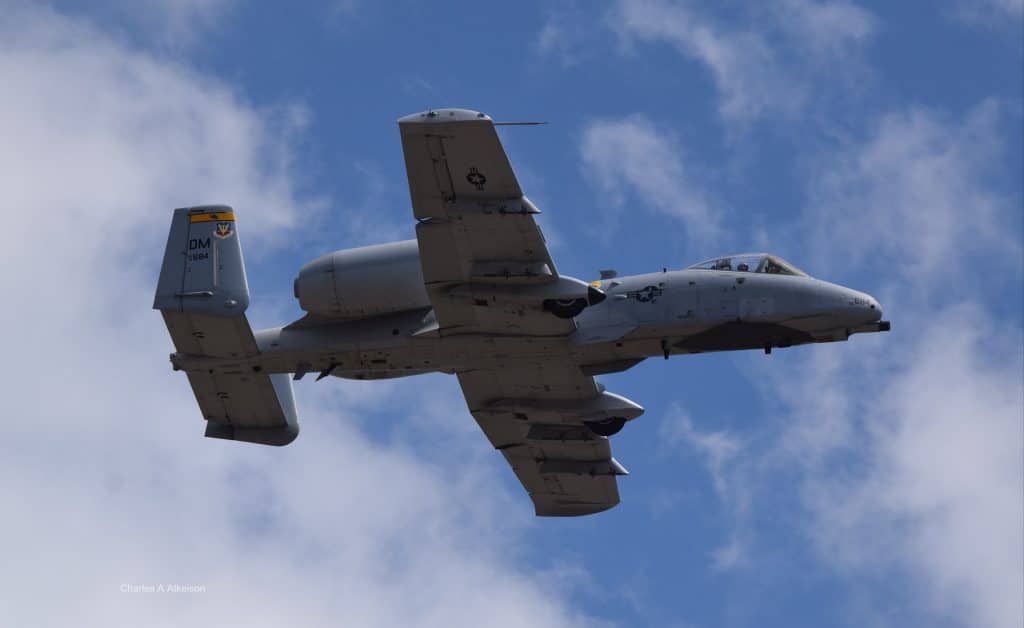The Department of National Defence is planning a new $1.1 billion building in Ottawa’s west end, even while employees are settling into its $800-million headquarters complex at the former Nortel campus.
The department has set its sights on what it calls a new operational headquarters, which it expects to host 4,500 civilian and military personnel. That facility will be in addition to the headquarters at what was once the technology company’s campus on Carling Ave. which will house almost 9,000 employees. DND also intends to keep its massive complex at 101 Colonel By Drive in downtown Ottawa.
The new operational headquarters, to be constructed in the mid-to-late 2020s, will be located close to the Nortel site and will be home to various commands including the Canadian Special Operations Forces Command and the Canadian Joint Operations Command, DND spokesman Daniel Le Bouthillier confirmed.
The office of the vice-chief of the defence staff will also be located in the new building. “In order to centralize these efforts, the Department of National Defence requires a modern facility that enables secure joint operational command, control, communications, coordination and capabilities for operational planning and control of Canadian Armed Forces operations domestically, continentally and globally,” said Le Bouthillier.
The plan will see employees moving into the new operational headquarters starting around 2029, after which DND would vacate its facility at Star Top Rd. in Ottawa’s east end. It is not clear whether another department would move into that building, which is owned by a private company and leased by the federal government.
The government announced last week it wants to hire an architectural and engineering firm to design the new 75,000-square-metre facility — an advance notice so interested parties could apply for the security clearances necessary to bid on the contract.
In making a case to spend the original $800 million on the Nortel complex, senior DND officials claimed there would be substantial savings from consolidating employees in the one location, arguing that the 42 DND and Canadian Forces office locations in Ottawa and Gatineau would be reduced to seven or fewer, leading to savings of $750 million in office rent alone over the subsequent 25 years. No mention was ever made of the need for an additional purpose-built facility.
| Former Nortel campus off of Carling Ave in Ottawa, Ontario on Monday Sept. 26, 2016. Tony Caldwell / PostmediaFormer Nortel campus off of Carling Ave in Ottawa, Ontario on Monday Sept. 26, 2016. Tony Caldwell / Postmedia |
But Le Bouthillier said the Liberal government’s new defence policy outlined the need to have a single operational hub to enable the key military commands to produce accurate and timely advice, improving command and control for military decision makers, increasing information sharing and boosting the protection for key military personnel in case of a natural disaster or other security incidents. The specific location of the new headquarters will be determined during the options analysis phase of the project, but it will be in close proximity to the Carling site, he said.
Between the Nortel campus and the new headquarters, more than 13,000 of the 20,500 DND employees and Canadian Forces personnel working in locations throughout Ottawa and Gatineau will eventually be concentrated in Ottawa’s west end. To date, only 3,600 of the planned 9,000 staff have moved into the former Nortel complex, the relocation process running about two years behind schedule.
Some DND employees and Canadian Forces personnel have voiced concern over the move to the Carling Ave. site, pointing out that many live in Orléans and the commute will be long. A June 2011 briefing note prepared for then-deputy minister Robert Fonberg described the Carling site as a “relatively remote location.”
Some DND civilian employees have opted to take jobs with other federal departments rather than work in the west end of Ottawa, but the government was unable to provide details about exactly how many have done so.
Between the Nortel campus and the new headquarters, more than 13,000 of the 20,500 DND employees and Canadian Forces personnel working in locations throughout Ottawa and Gatineau will eventually be concentrated in Ottawa’s west end. To date, only 3,600 of the planned 9,000 staff have moved into the former Nortel complex, the relocation process running about two years behind schedule.
Some DND employees and Canadian Forces personnel have voiced concern over the move to the Carling Ave. site, pointing out that many live in Orléans and the commute will be long. A June 2011 briefing note prepared for then-deputy minister Robert Fonberg described the Carling site as a “relatively remote location.”
Some DND civilian employees have opted to take jobs with other federal departments rather than work in the west end of Ottawa, but the government was unable to provide details about exactly how many have done so.


